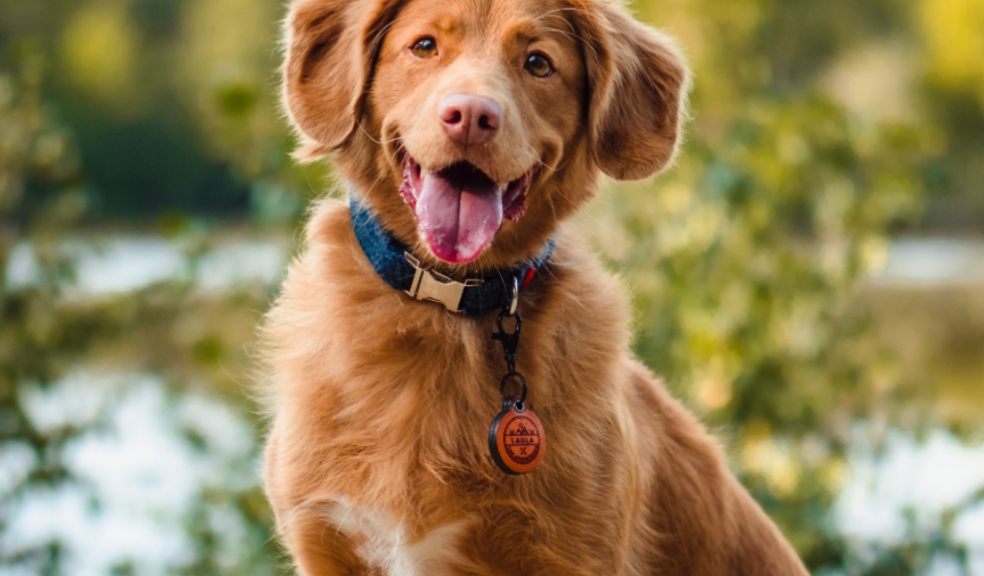
Five Expert Tips For Perfect Pet Portraits
As anyone with pets knows, capturing the perfect photographs of our furry friends is easier said than done. To help out, photo experts at
CEWE have worked with professional photographers and animal specialists on five top photography tips to help capture those perfect pet portraits.
1. Focus on the eyes
In the best portraits, the eyes tell a story.
Professional photographer, Kevin Mercier, explains;
“As the saying goes ‘Eyes are the windows to the soul’, and an animal's eyes can be very expressive. So, make sure you focus on your pet's eyes and keep them sharp. There are certain cameras
that offer eye autofocus for photographing animals. I activate this feature when I'm photographing animals which allows my camera to identify the animal's eyes – and nails focus consistently.”
2. Treats are key
Treats are a sure-fire way to ensure dogs and cats are paying attention during your photoshoot, but this simple trick also works for more unconventional pets, such as chickens. Owner of Cluckin, Neil Armitage, says;
“You will need endless patience and a pocket full of treats. With poultry, in particular, it can help to cover the treats with a layer of soil so they are otherwise occupied scratching about while you are busy with the camera.”
3. Check your camera settings
One of the main difficulties when shooting images of animals is movement – it can be hard to encourage an animal to stay still for long enough to get a clear shot. To counteract this, you’ll need to amend your camera settings. Mario Pérez, from Blog del Fotografo, suggests;
“In terms of exposure configuration, I recommend shooting in Aperture priority mode (A or Av if you´re using a manual mode camera) and selecting the widest possible aperture (lowest f/ value you can get).
This will result in a very shallow depth of field, with the pet extremely in focus, and the background beautifully blurred out. If you´re shooting a rather active animal, you may want to switch to Shutter priority mode (S or Tv in your camera dial), and select a high shutter speed, to make sure you get sharp pictures.”
4. Prepare to get dirty
The best portraits are taken straight on. For many pets, this means getting down to their level – and accepting you may need to get a little dirty! Sarah-Jane White, Animal Behaviourist and Professional Photographer at Ruffle Snuffle®, has the following advice for taking portraits of dogs;
“Don't be surprised if your phone or camera gets booped, and remember to keep a handkerchief in your pocket so you can wipe the lens clean. For the best results, take a low angle shot that captures your
dog in its natural habitat. Depending on what breed of dog you have, you may need to crouch or lie on the ground to get an eye-to-eye shot. I have spent a lot of time laying in the snow and mud to get shots – but it's worth it.”
5. Use burst mode
No matter how skilled you are, animal pictures are rarely perfect first time. Pets are unpredictable, so burst mode is ideal for catching expressions, emotions, and split seconds in time. Marjorie Dawson, of DashKitten, recommends;
“Switch to continuous shooting mode then let fly with the shutter button and fill your memory card with lively and engaging images. Set your camera to capture high-quality images but avoid the RAW setting
if you can, as your camera might not process the images fast enough to keep up with a speeding puppy or kitten.”













